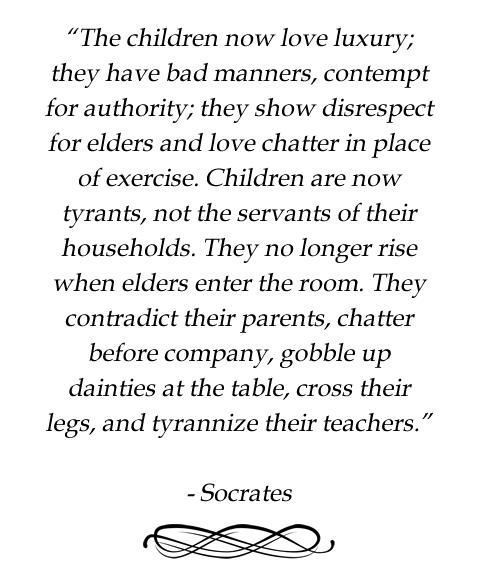How To Keep Students Interested
In a recent survey I asked instructors what their biggest challenge is when it comes to teaching and running a dojo. I received a wide variety of responses from needing new drills and exercises, to keeping helicopter parents from interfering, to managing student data.
But one of the more common challenges relates to student retention, so I thought I’d take a few minutes to address that issue. Wouldn’t we all like to hold on to more of our students?
One of my subscribers, Monty, wrote, “[We] struggle most with keeping new black belts and/or senior students in their teen years.”
Ah, yes. Teenagers.
To us the Generation Z teenager can be a peculiar animal: constantly on their phones, lackluster attitude, and poor communicators. To us they are completely different than what we were at that age, right?
Not really.

Sure things are faster thanks to the internet. And there is evidence for increased distraction and reduced attention spans thanks to the “instant gratification” age, but guess what? That’s affecting adults too.
At their core, teenagers today are still teenagers like we were: just figuring out this thing called LIFE. They’re growing physically, mentally, and emotionally. And they’re dealing with the associated perceived stresses. They’re making the shift from the parent / family circle to their peer group, looking for recognition, support, camaraderie, and significance. Teenagers don’t want to be lectured. They want to be understood.
And that, my friend, is where the challenge lies.

If your dojo doesn’t provide the opportunity for continued growth and recognition, fails to challenge students, or doesn’t provide a culture based on camaraderie and significance within the peer group, then you’re dead in the water.
Teenagers will look for these things elsewhere and come up with excuses as to why they’re quitting karate. When you ask them “why”, they most often can’t make the distinction of what’s lacking. It will often be expressed with such things as “it’s boring”, “it’s not fun anymore”, “I don’t have time”, “I want to try something else”.
These are all surface level excuses to a deeper issue.
So how do you go about creating this environment at your dojo?
Let’s break it down into simple pieces. Here’s a quick if/then table to get you pointed in the right direction.
| If… | Then… |
| Your classes fail to challenge… |
Change up the routine so that it’s not always the same format every class. Involve other instructors so your students aren’t always hearing the same point of view. Teach classes in a more fun, relaxed way so students can approach instructors with questions or concerns. Create fun in-house competitions during “down” months – the most classes attended over the summer, most kicks in a certain month (tallied per class), etc. |
| Your dojo doesn’t offer a “career path” after black belt… | Create a leadership program for increased learning and growth. Help deepen their knowledge and understanding. |
| Your dojo doesn’t have an atmosphere of camaraderie and friendship… |
Create extra social events outside of the dojo and regular training, eg. beach training days, leadership reward days, dojo BBQ, etc.Or create a competition team. Create something that binds students together. Develop that culture. |
| Your dojo doesn’t provide recognition for long-time students and black belts… |
Provide that recognition. Get them involved and feeling significant. Put their photos and names on the wall, or on a plaque. Give recognition and display your gratitude for their contribution. Ask for their input on dojo events, improvements, etc. |
All of these things help with student retention. And they’re all geared towards the positive. Remember, retention is a reflection. It’s a measurement of the success of your dojo, your teaching skills, and your ability to continue to grow and develop your students. Focus on that and the retention will take care of itself.
Like this article? You’ll love my Tiny Teaching Course for Instructors. Check it out here…


Martín
Thanks so much! It was very, very intersting.
Jason Stanley
You’re welcome Martin. Glad you found the article valuable.
=)